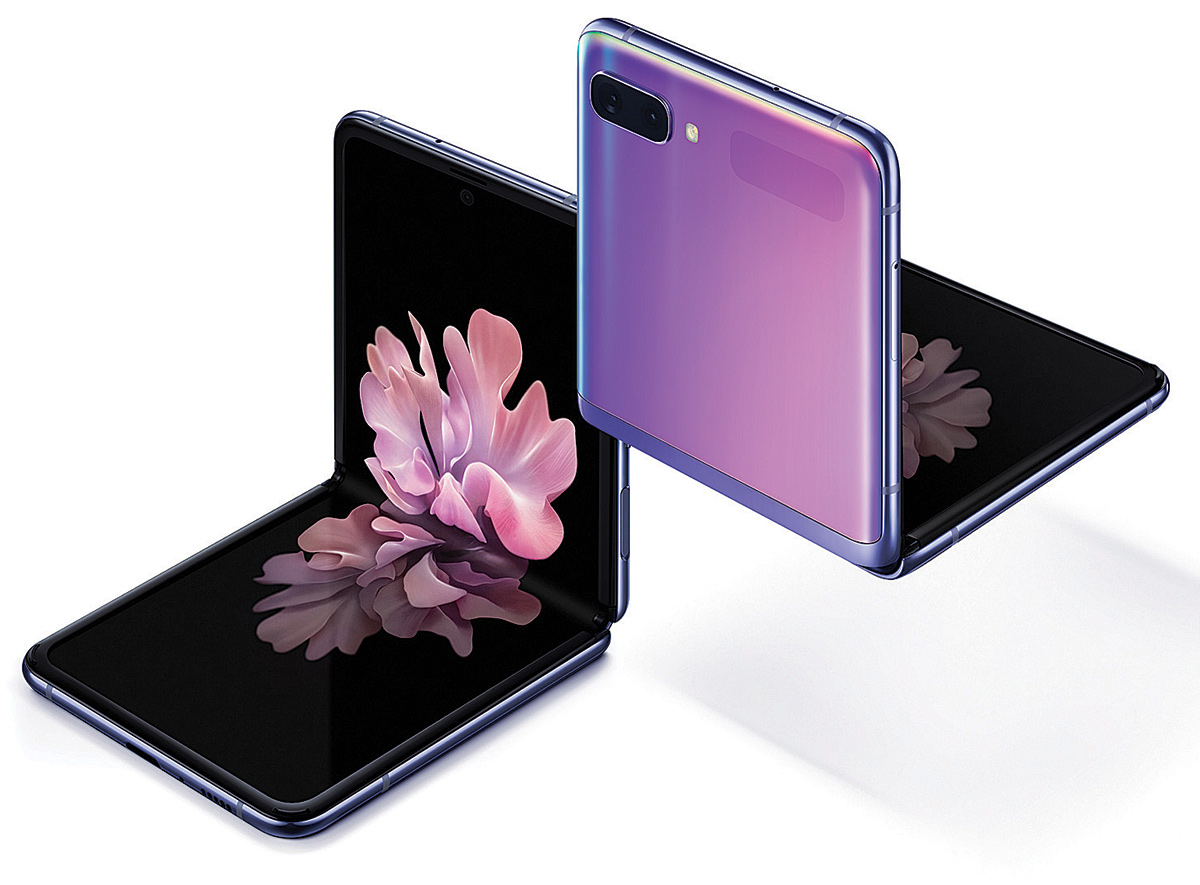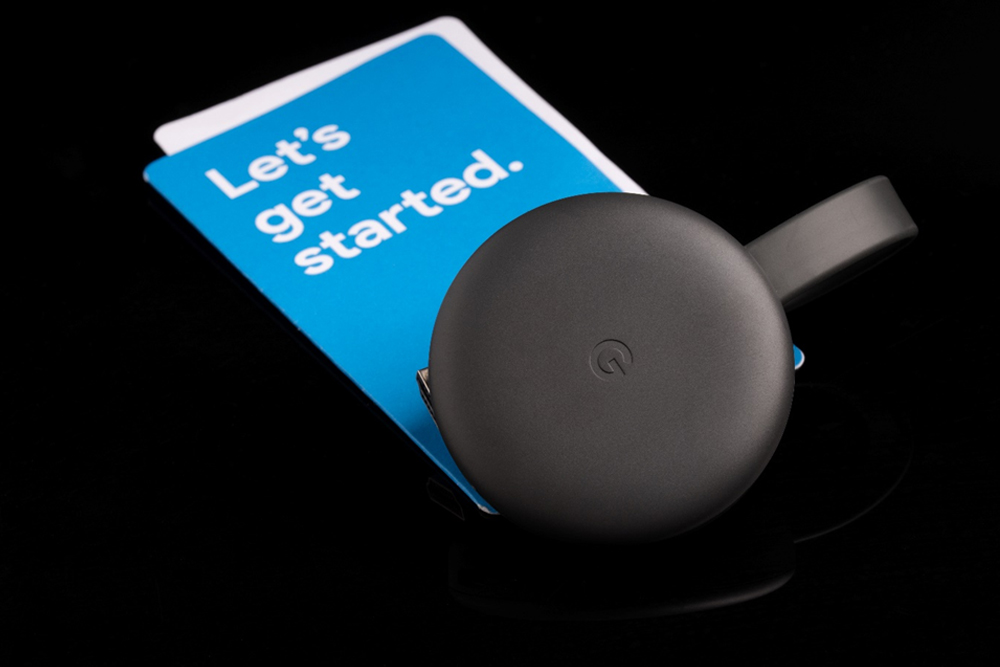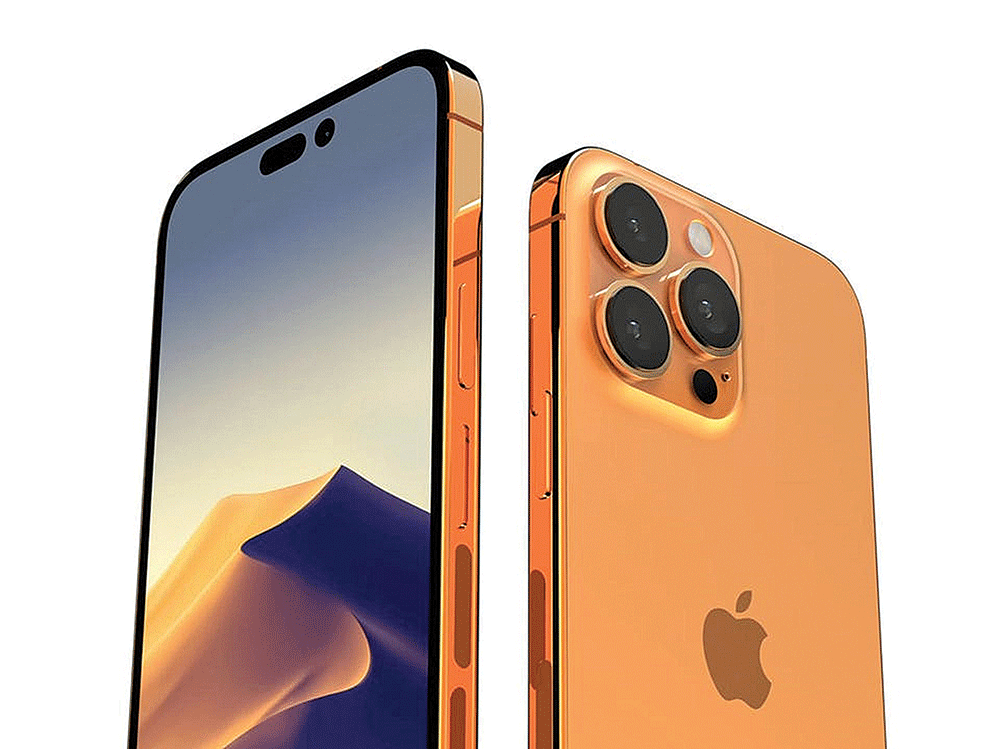
If you have been using smartphones for more than three years, you can probably tell that we have had bigger and bigger screens to make for an immersive experience. When this trend first started with the early Samsung Galaxy devices, we even went as far as calling our phones “Phablets” mocking their screen sizes because they were around five inches diagonally.
Fast forward to now, almost all flagship smartphones have screen sizes of around six inches or more, and we are fine with this because the smartphones have become very capable devices. Since there is so much we can do on smartphones today, we would be glad to have even bigger screens at times. That market gap is where the foldable devices want to fit into.
It is no secret that carrying your current smartphone in your pockets can be a bit too much sometimes. So having a mobile screen even bigger than the ones we have now defeats the entire purpose of mobile phones. But a foldable phone might be the perfect answer.
You can have more than twice the screen in the same footprint, making your mobile phones more mobile. So why don’t the smartphone manufacturers move in aggressively on this idea?
Well, the first and most understandable reason is that this product is in its infancy. We have seen the first-gen implementations from players like Samsung, Motorola, and Lenovo. I don’t think anyone who has seen those devices can deny that they looked appealing. However, the reason that they didn’t make a dent in the market was that they were delicate and expensive products that are meant to be carried around on a day-to-day basis.
A foldable display system works with three components: the screen, the flexible film covering the screen, and the hinge. The industry has had quite some time to perfect their OLED displays, but the thing about the flexible displays is that they scratch rather easily, since tough glass cannot be used here for obvious reasons.
Even with the intricate engineering that went into making the hinges on these foldables, they have a long way to go before they floss out the last of the drawbacks. The major drawbacks of the hinge as of today are the crease at the fold and the pocket debris being stuck in the hinge. Needless to say, water and dust resistance are out of the question.
This flexible display has also inspired a new range of foldable mobile devices. Working on the same principle, LG and Microsoft are offering dual-screen foldable phones. Instead of working with the soft plastic screen that flexible displays use, these manufacturers use two identical glass panels with a very small bezel in between. As a result, you get a foldable phone with a more durable screen but still twice the screen size.
The LG GX-series of smartphones offer their second screen as a removable case. Even without the case, the phones are plenty capable but with the case, multitasking on your phone is a very refined experience. It’s like using a split-screen, literally.
It is a little early to make any predictions, but as far as we can tell, these foldable devices are here to stay. The real question is, will they replace smartphones or become a new product category altogether?
Published Date: August 12, 2020, 12:00 am
Post Comment
E-Magazine
RELATED Tech Talk





